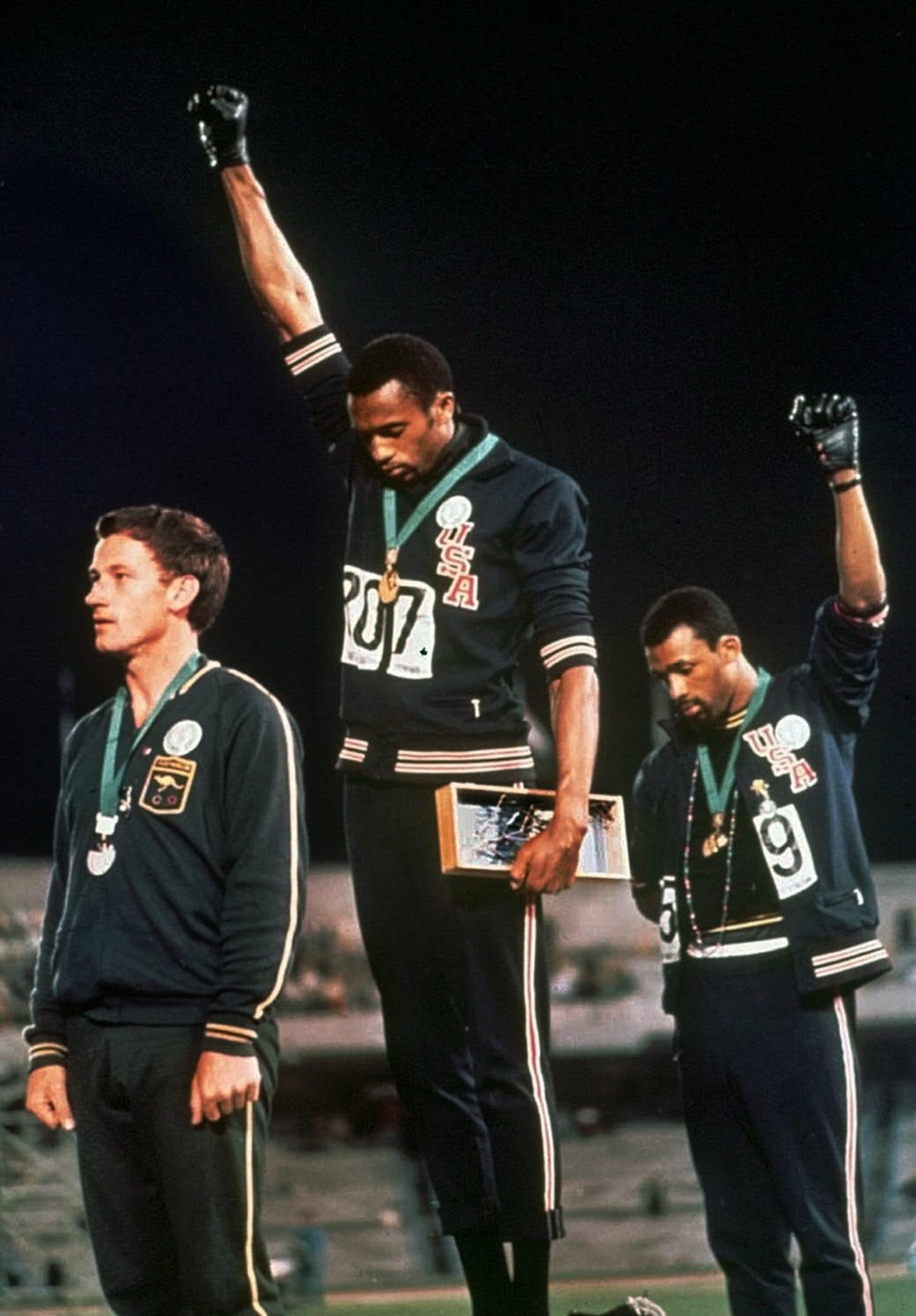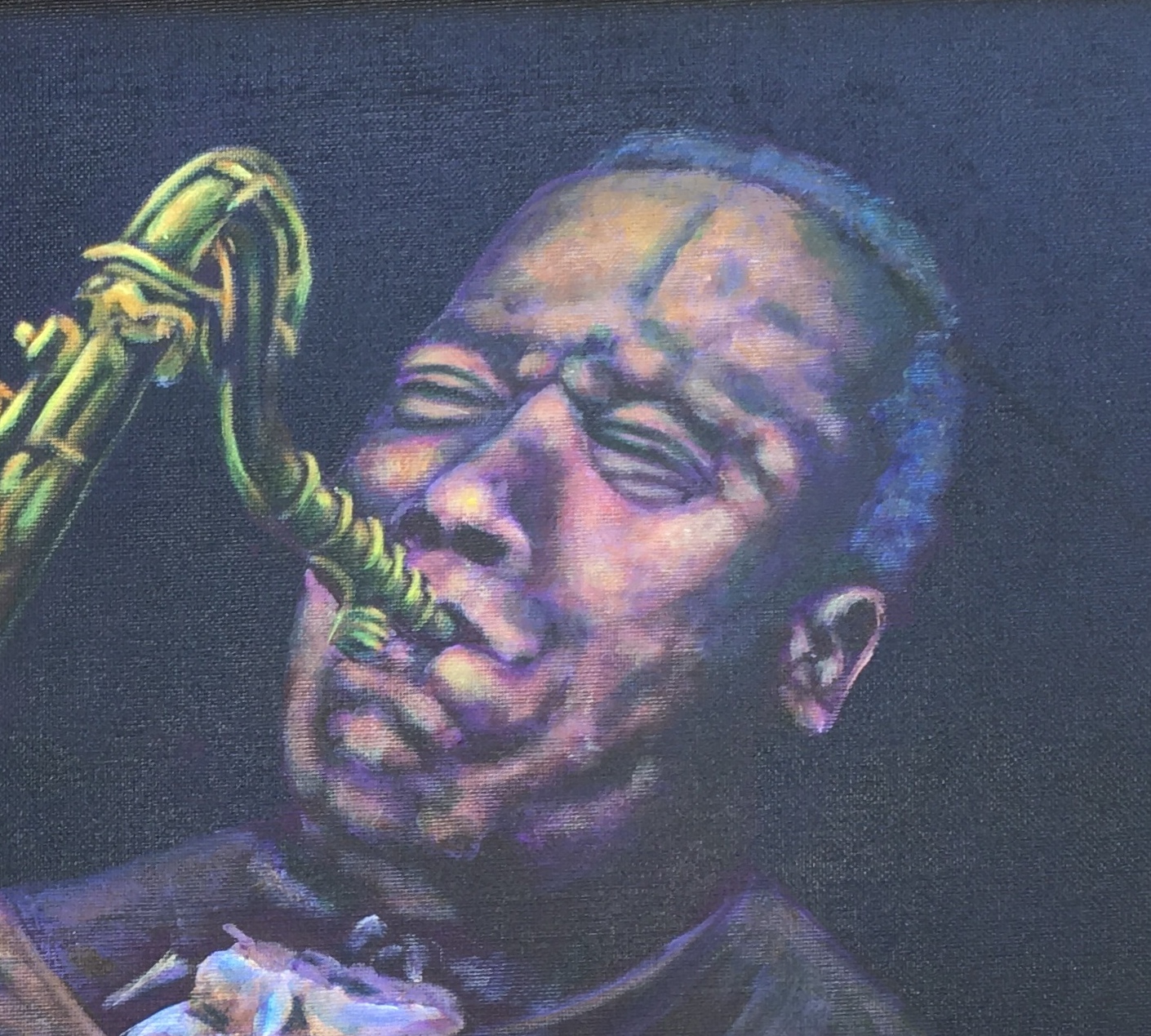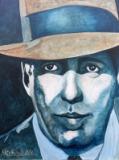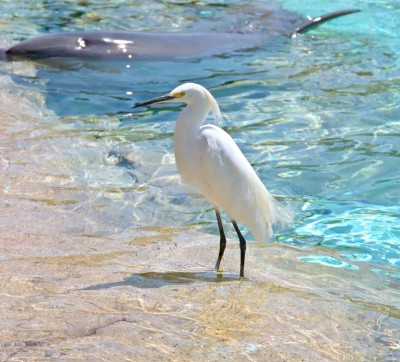Boxers
Boxing great Henry Armstrong hammered away at discrimination in the 1930s and 1940s by refusing to fight in segregated arenas.

U.S. Olympic medalists Tommie Smith and John Carlos made history by raising black-gloved fists during the medal ceremony at the 1968 Olympic Games in Mexico City, becoming one of the most iconic sports moments of the 20th century. The gold medal winner in Mexico City, Tommie Smith, along side bronze winner John Carlos, stood at attention, but raised black-gloved fists in the "Black Power" salute, hoping to call attention to the plight of the black man in America. International Olympic Committee President Avery Brundage banned the two men from the Olympic Village and forced them from the United States Olympic team. After their return to the United States, both men received death threats. However, they had become a significant symbol of the Civil Rights struggle.
Tommie Smith is an African American former track & field athlete and wide receiver in the American Football League. At the 1968 Summer Olympics, Smith won the 200-meter dash finals in 19.83 seconds, breaking the 20 second barrier for the first time. His Black Power salute with John Carlos atop the medal podium caused controversy at the time as it was seen as politicizing the Olympic Games. It remains a symbolic moment in the history of the African-American Civil Rights Movement. He is the only man in the history of track and field to hold eleven world records simultaneously. As a college student, Tommie amazingly tied or broke a total of 13 world records in track.
Born to Richard and Dora Smith on June 6, 1944, in Clarksville, Texas, the seventh of 12 children, Tommie Smith survived a life-threatening bout of pneumonia as an infant. At 6'3" and 185 pounds, Tommie Smith had the ideal build for a long sprinter, with trademark-accelerations down the stretch that made him one of the most versatile sprinters in history.
Tommie Smith received his Bachelor of Arts degree from San Jose State University in Social Science, with double minors in Military Science and Physical Education. After graduating, Smith played professional football with the Cincinnati Bengals for three years.
While a student at San Jose State, Smith was coached by Bud Winter. Smith began making waves in winning the national collegiate 220 yard title in 1967 before adding the Amateur Athletic Union furlong crown soon after. He repeated as AAU 200 meter champion in 1968, making the summer U.S. Olympic team for the Mexico City Games.
During the historic 19th Olympiad held in Mexico City, in the summer of 1968, Tommie Smith broke the world and Olympic records with a time of 19.83 seconds and became the 200-meter Olympic champion. As the Star Spangled Banner echoed in the wind, at the Mexico City Summer Olympic Games, Tommie Smith and John Carlos stood on the victory podium, draped with their Olympic medals, each raised a clinched fist, covered in a black leather glove in a historic stand for human rights, liberation and solidarity. Silver medalist Peter Norman, a white Australian, donned a human rights badge on the podium in support of their protest. The men's gesture had lingering effects for all three athletes, the most serious of which were death threats against Smith, Carlos and their families. At a press conference after the event Tommie Smith said: "If I win I am an American, not a black American. But if I did something bad then they would say 'a Negro'. We are black and we are proud of being black. Black America will understand what we did tonight." Smith stated he had raised his right fist to represent black power in America, while John Carlos raised his left fist to represent black unity.
The International Olympic Committee president, Avery Brundage, immediately suspended Tommie Smith and John Carlos from the U.S. team and they were both removed from the Olympic Village.
Wanting to speak out about the social and racial injustices within America and other ’social atrocities’ around the world such as South Africa and Rhodesia (today Zimbabwe) Smith explained: “John and I did what many people did in their minds, which was to speak out about social and racial injustice.”
“The world in 1968 was not a good place especially in sport and especially if you were black. Black athletes were treated like scum despite winning all the medals for our so-called country. Racism was on a high and we were all expected to put up and shut up but I could no longer hold my emotions inside. I had to communicate to the world how I felt and I took the first opportunity that knocked.”
“We were told that our actions demeaned the flag. Well that’s a lie. That’s my flag…that’s the American flag and I’m an American. But I could not salute it in the accepted manner, because it did not represent me fully – only to the extent of asking me to be great on the track then obliging me to come home and be just another nigger,” said Smith.
With talent and encouragement to excel, Tommie Smith was propelled into being a human rights spokesman long before it became a popular cause. With his concern for the plight of African-Americans and others at home and abroad, Tommie made a commitment to dedicate his life to champion the cause of African-Americans.
After his track career, Tommie Smith became a member of the United States National Track and Field Hall of Fame in 1978. In 1996, Smith was inducted into the California Black Sports Hall of Fame, and in 1999 he received that organization's Sportsman of the Millennium Award. In 2000 - 2001 the County of Los Angeles and the State of Texas presented Smith with Commendation, Recognition and Proclamation Awards.
Smith later became a track coach at Oberlin College in Ohio, where he also taught sociology and until recently was a faculty member at Santa Monica College in Santa Monica, California. On July 16, 2008, John Carlos and Tommie Smith accepted the Arthur Ashe Award for Courage for their salute at the 2008 ESPY Awards.
Don't miss a single page. Find everything you need on our complete sitemap directory.
Listen or read the top speeches from African Americans. Read more
Read about the great African Americans who fought in wars. Read more
African Americans invented many of the things we use today. Read more
Thin jazz, think art, think of great actors and find them here. Read more
Follow the history of Black Americans from slave ships to the presidency. Read more
Olympic winners, MVPS of every sport, and people who broke the color barrier. Read more
These men and women risked and sometimes lost their life to fight for the cause. Read more
Meet the people who worked to change the system from the inside. Read more

Visit my RedBubble page and use Michael Arnold Art to create greeting cards, T-shirts, mugs, and more.

The variety and impressive numbers of mammals, birds and marine wildlife in Alaska draw visitors from all over the world. For some travelers, Alaska is wilderness, at least compared to what they may know from back home. The pristine wilderness of Alaska is, perhaps, the last vestige of thriving populations of North American wildlife. Where else can you see polar bears, bald eagles, blue and humpbacked whales, gray wolves, grizzly bears, orcas, lynx, moose, and hundreds of other rare and endangered species in their original and undisturbed natural habitats?

Enjoy our website filled with original signed acrylic paintings by award winning Artist Michael Arnold. Located in Citrus County Florida, Michael Arnold is a the editor at the Citrus County Chronicle. When he's not busy being an editor, he is an avid artist who enjoys painting in a variety of styles. We hope you take the time to click on each image to see a larger view and to learn what the artist, Michael Arnold has to say about his paintings.

As dog owners and people who care deeply for animals and wildlife, we wanted our Dog Encyclopedia to be a website that could empower pet owners to create the most positive, loving environment for their dogs. Dog Encyclopedia realizes that owning a dog is like adding a new member to your family.

Floridian Nature has everything your are looking for in Florida nature. The wildlife of Florida is rich and varied, yet most of us are familiar with only a dozen or so species: the "well known endangered species such as manatees and panthers; those, like raccoons and squirrels, that have adapted to urban environments; the frightening alligators and black bears; and those like the armadillo who can't seem to cross the road. Yet they are just a few of the many animal species found in Florida.
